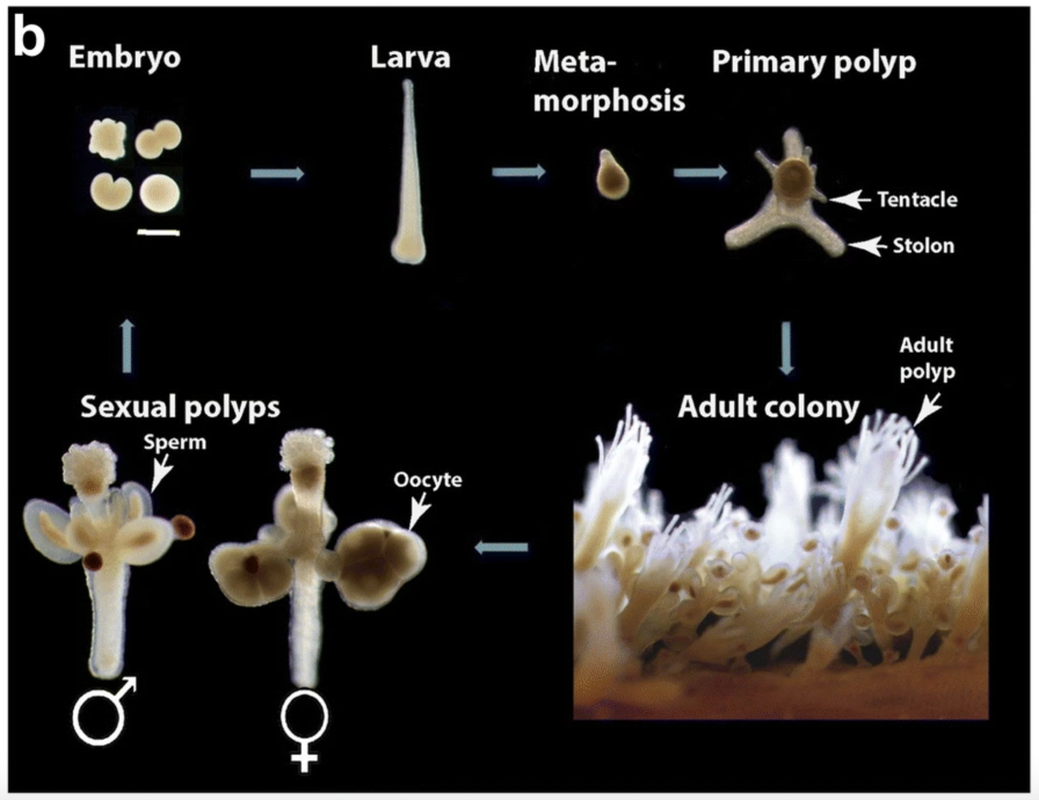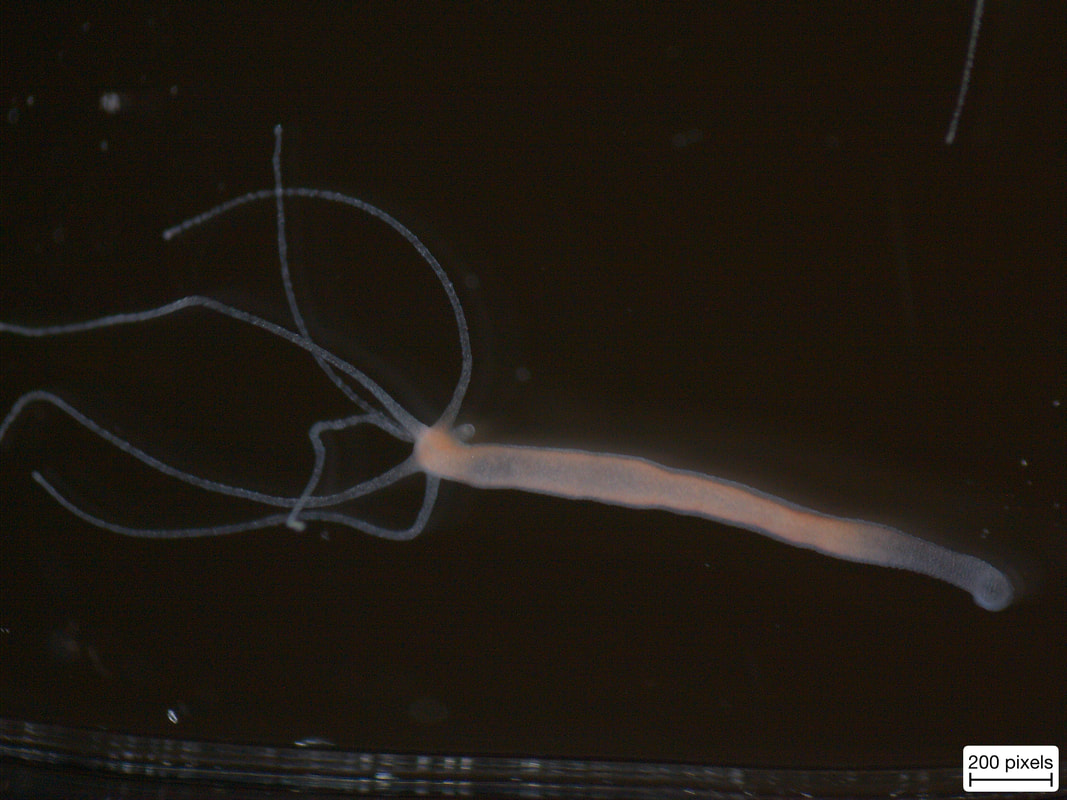My research is focused on investigating sensory integration in hydrozoans. I’m interested in understanding how hydrozoans (adult and larvae) sense environmental stimuli at the genetic level and how that mediates a behavioral response. In a more broader context, I am interested in the evolution of sensory systems/sensory integration and sensory ecology of cnidarians and other marine invertebrates.
PhD Research Projects
|
|
The overarching goal of my PhD research is to further our understanding of how sensory information is integrated at the molecular level and how that mediates an organismal behavioral response in hydrozoans. Throughout my PhD research, there is an underlying theme of combining multiple approaches such as behavioral experiments coupled with transcriptomics or other molecular techniques. I believe that to understand a complex system, an interdisciplinary approach should be taken, utilizing diverse perspectives to get a true gage for what is occurring in a system. I am investigating sensory integration in hydrozoans at three different using three hydrozoans (Hydra vulgaris, Ectopleura crocea, and Hydractinia symbiolongicarpus). See below for a quick description of each project which are chapters in my dissertation! I have also added my PhD defense seminar which examines my three data collecting chapters and the major findings.
PhD Defense Seminar
Sensory Integration in the actinula larva of Ectopleura crocea |
|
Ectopleura crocea is different from most other cnidarians because it has an actinula larva where most other cnidarians have a type of planula larva. In this project I am investigating how actinula larva integrate sensory information during settlement at the genetic level and identifying what sensory cues are being utilized in the settlement decision. To address these major questions I have combined the following techniques:
|
|
Phototaxis of Hydractinia symbiolongicarpus planula larvaePhototaxis is the movement towards or away from light. In cnidarians, phototaxis has primarily been studied in planula larva of anthozoans, leaving less known about how hydrozoan planula respond to light. This project is focused on identifying the phototactic preference (wavelength sensitivity) of planula larva over development and identifying the underlying genetic components and when they are expressed. This project combines behavioral studies, a developmental transcriptome study, and fluorescent in situ hybridization study to address these questions.
|
Molecular physiology of phototransduction in transgenic HydraPhototransduction is the conversion of light into electrical signals. Across the animal kingdom there are three established modes of phototransduction (ciliary, rhabdomeric, and GO-coupled). In more recent years there has been a consensus of another type: the cnidops or cnidarian opsin cascade. Here, we are investigating the photosensory pathway in the model hydrozoan Hydra vulgaris by generating transgenic Hydra via microinjection, performing pharmacological knockdowns of components, utilizing fluorescent in-situ Hybridizations, and phylogenetics.
|


